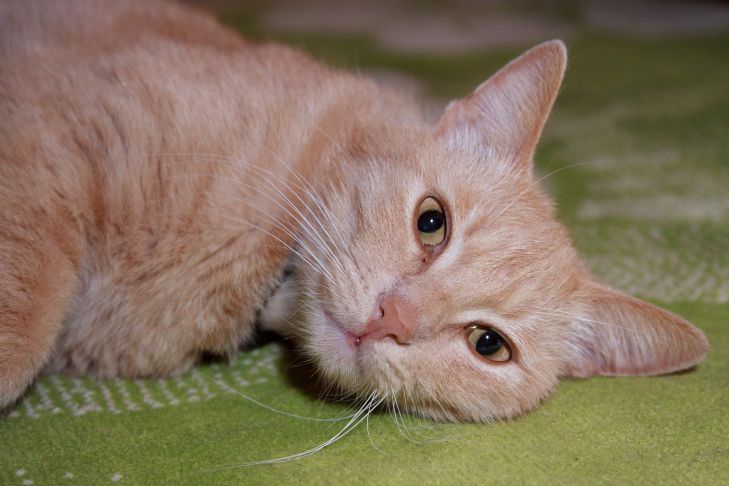For many cat owners, bathing their purring cat sounds like a nightmare.
According to statistics, most cats do not like water and try to avoid it. Attempts to place a cat in a bathtub or shower stall can end in a bloody fight.
Despite the fact that each cat is individual and unique, and each has its own preferences and reactions to different situations, the problem of bathing cats is relevant for many owners.

Therefore, the question of how often to bathe a cat, whether it is worth doing at all, and how to do it as briefly and safely as possible for the cat and its owner, remains open.
Why you shouldn't bathe your cat too often
Cats know how to take care of their fur and keep it clean by thoroughly licking their bodies every day.
This helps them get rid of dirt and cool down in hot weather. However, aesthetic concerns in humans may differ from those in cats.
Bathing a cat can be a traumatic experience for most pets and can damage the skin's natural protective layer, which can lead to allergies, dandruff, and dry skin.
It is important for cats to maintain their natural scent, as well as the natural substances contained in their skin and fur. Bathing a cat may only be necessary when preparing to participate in an exhibition.
When to bathe a cat
Sometimes it happens that our pet becomes so dirty that we cannot do without washing it.
This applies to cases where the dirt is extremely smelly, strongly stuck or contains toxic substances that the pet cannot remove itself, and it should definitely not lick it off, so as not to harm its health.
If our pet is contaminated with toxic substances or the fur is seriously damaged, we must first contact a veterinarian, because here we are not talking about aesthetic issues, but about the health and life of the pet!
Sometimes it happens that due to physical defects, age or obesity, the pet cannot clean some parts of its body on its own, in which case it should be helped.
For this purpose, you can use a damp cloth or cotton wool, wiping the dirty areas, this is better than a full bath. A full bath is reserved for exceptional cases only.
How to bathe a cat
Before we start bathing the cat, it is important to organize everything correctly so that the process takes as little time as possible and is as effective as possible.
If we are doing this for the first time, it is best to ask someone from the family to help. For bathing a cat, it is best to use a bathtub (fill with warm water) or a shower tray.
Don't forget to close the bathroom door so that the cat doesn't escape, and prepare soft towels to dry your pet after bathing, and in winter you may also need a dryer.
If possible, do not bathe your cat during frosts and rains. It is better to do this in the summer. It is also worth considering that for a cat that is not used to bathing, this can weaken its immunity and lead to a cold. The cat should not go outside until it dries.
When bathing, use a gentle stream of water to lather and rinse your pet.
Be careful of your cat's eyes, nose and ears, rinse off the foam thoroughly, do not rub or tug your pet and dry it if necessary.
Cat Care Cosmetics
Before we start bathing a cat, we need to use special products intended specifically for cats, and not human cosmetics.
This is because human cosmetics have the wrong pH and are too harsh for cats' sensitive skin. In pet stores, you can find shampoos, conditioners, and sprays that are specially designed for cats.
It is best to use mild moisturizers, and if your cat has allergies, it is better to choose hypoallergenic products.
It is better to use toning conditioners and foams only when necessary, as their frequent use can make the coat greasy and heavy.
If your cat loves to roll in the mud but doesn't like to bathe, you might want to consider using dry shampoos. They're simply sprayed on the fur and then brushed out, which will help avoid stressing your pet.
Previously we wrote about whether cats can dream.








